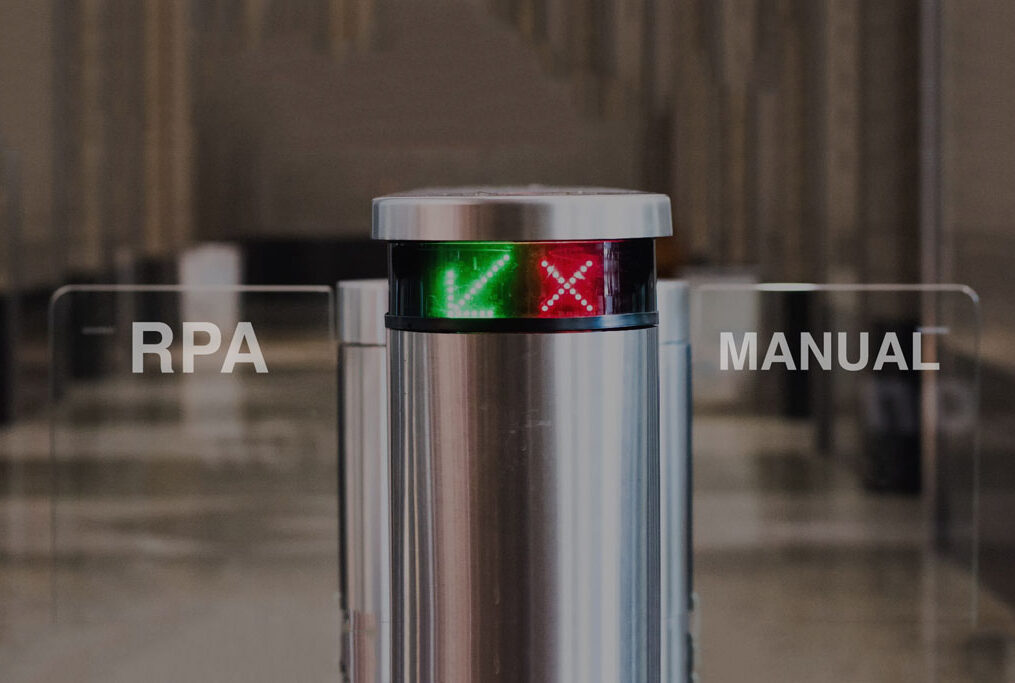Is RPA Technology ready for a greater role in organizations?
In its beginnings, RPA (Robotic Process Automation) Technology was adopted to automate workflow: mainly BackOffice, such as transforming records to reports or reconciling purchases and unpaid acquisitions. What was it about those workflows that made them ideal for RPA? The fact that they were repetitive tasks that didn’t require subjective criteria and were business-rules-based. And these tasks continue to be where Conciliac naturally offers RPA solutions to its clients, providing greater efficiency and productivity, fewer errors and more productivity within their organization.
But today, everything indicates that RPA is ready to play a greater role in central financial processes. This is shown by a Gartner survey to 64 corporate controllers at companies with greater than $1 billing in revenue, where 50% of the respondents indicated that they were implementing or had already implemented Robotic Process Automation (RPA) in their systems, and it is estimated that this number will grow to 88% in the next two years. Gartner points out that “use of RPA now runs the gamut in finance, automating aspects of financial closing and consolidation; account, bank, and inter-company reconciliations; general-entry posting; cash flow statement preparation; fixed-asset accounting; inventory accounting; and tax reporting, among other applications.”
The clearest example of the benefits obtained by this efficiency in processes is error reduction; Gartner estimates that 70% of accounting work done to correct errors before a financial close is necessarily manual. The rest of the rework can be avoided by using automation. Johanna Robinson, a finance practice leader at Gartner, estimates that for an accounting team with the equivalent of 40 full-time employees with an average annual salary of $75,000 USD would amount to about 25,000 hours and $900,000 USD wasted in work that could be automated. Moreover, conversations Robinson had with CFOs suggest that the real figures could be twice that much.
To complete this idea, David McCann tells us about the success case of Principal Financial, a financial services company that applied RPA-based solutions to problems in its treasury and tax departments. Shortly after being promoted to CFO of the company, Deanna Strable attended a conference for financial executives, where half the group was discussing process automations through RPA. “To be honest, I didn’t even know what RPA was at that time,” Strable says, but it was the use cases in reconciling accounts payable and finance operations that opened her eyes. When she returned to the office, she started working with the IT department to create a pilot program for processes that could be carried out quickly and show what could be done with RPA.
This way, they were able to implement a robot in the treasury department to execute a daily process of reconciling cash and liquidity across a number of accounts. When Strable viewed a demo of the bot in action, the process had to be slowed down so the human eye could follow it. “It was just amazing, seeing it log into different systems, export data into Excel worksheets, format the worksheets, and identify outliers that needed to be emailed to a person.” Another pilot robot automated data collection for a set of tax reports and expedited some of the manual tasks related to creating reports. While the bot was created to handle a certain kind of report, “we built it in a way that makes it very easy to replicate the coding to work for other types of reports,” Strable explains. A third Bot does daily reconciliations of bank accounts against the balance shown in Principal’s accounting systems. This is a task that would take a person up to four hours a day, and it has been reduced to minutes. While it’s just the start for the CFO and Principal Financial, they already consider the pilot program to be a great success: “Figuring out the ROI is easy,” says Strable. “Just what we have in production right now should save us 75,000 hours annually.”
If these cases have also opened your eyes to what RPA is capable of and why it is gaining more and more prominence, we invite you to get to know what solutions Conciliac has to offer. Conciliac is ideal both to start a pilot and to support a complete and complex strategy to automate your processes.
Author: Conciliac Team.
Reference:
David McCann: “The New Digital Workforce”, September 2018, CFO Magazine
https://www.gartner.com/en/finance/trends/new-digital-workforce
